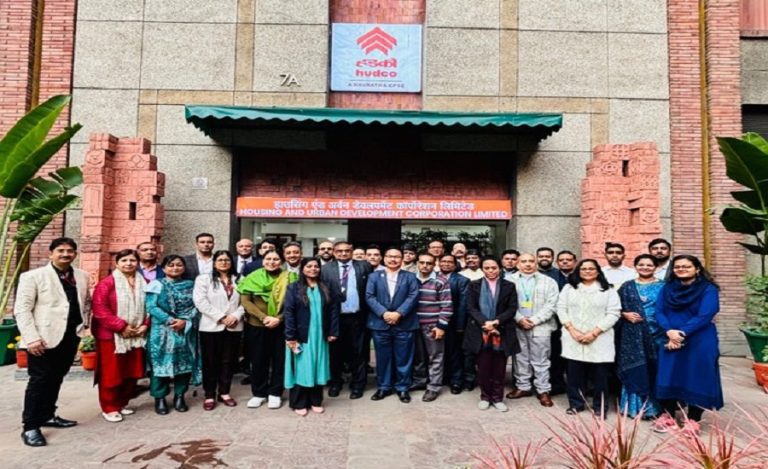In May 2025, Public Sector Banks (PSBs) continued to assert their dominance in cash-based banking services, particularly in ATM and cash deposit machine (CRM) usage. At the same time, private banks maintained their stronghold over digital and e-commerce transactions, reflecting a clear divergence in consumer banking preferences.
Cash Convenience: PSBs Hold Firm Lead at ATMs and CRMs
Out of the total ₹2.45 lakh crore routed through ATMs and CRMs in May, PSBs handled 67.52%—a marginal rise from 67.03% in March. Private banks followed with 30.35%, while small finance banks and others contributed 1.33% and 0.79%, respectively. Although the overall value declined from ₹2.63 lakh crore in March, PSBs managed to grow their share within the shrinking pool.
Digital Surge: Private Banks Command E-Commerce Transactions
On the digital front, private banks processed 73.75% of the total ₹1.32 lakh crore in e-commerce and digital transactions, down slightly from 75.35% in March. PSBs improved their performance, increasing their share from 18.84% in March to 20.44% in May. Foreign banks contributed 5.31%, while payment banks and small finance banks collectively accounted for 0.49%.
PSBs Show Resilience Amid Shifting Banking Trends
While overall ATM values edged down from ₹2.63 lakh crore in March, PSBs marginally increased their dominance. In digital payments, PSBs began gaining ground, signaling cautious yet notable penetration into the online space.
About PSU Banks
Public Sector Banks (PSBs) are government-majority-owned financial institutions that continue to anchor India’s traditional banking infrastructure. With expansive reach through ATMs and branches, PSBs are now increasingly venturing into digital territory, aligning with evolving consumer expectations and national financial inclusion goals.



























